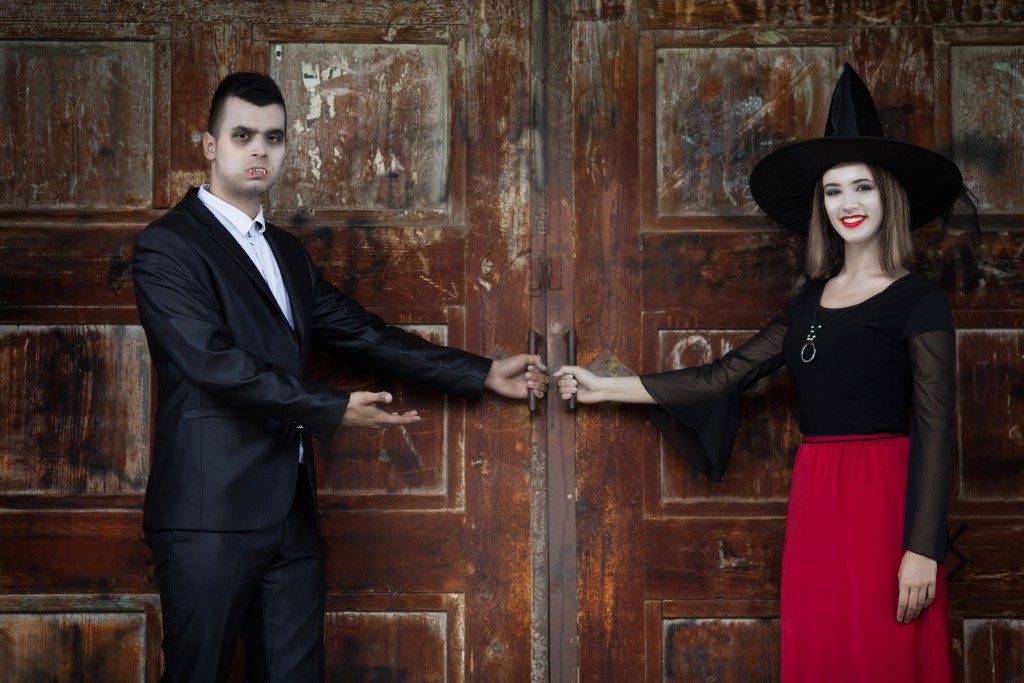Diversity — this is one of the buzzwords we often see on social media these days. It’s attached to many issues, from racism to fatphobia. The demand to incorporate diversity into all kinds of media, such as ads, started in the United States. Soon enough, it reached other parts of the world, including Singapore.
With the global society now becoming more educated about different races, cultures, genders, and religions, they’ve noticed how exclusive the media is. Movies typically have fair-skinned and slim protagonists. All models are thin and tall. Ads always feature celebrities that pass the ideal beauty standard. For the longest time, such exclusivity was the norm. But now, consumers started demanding representation for marginalized voices, such BIPOC (Black, Indigenous, and People of Color), LGBTQIA+, and persons with disabilities (PWDs).
What is Diversity?
At the most fundamental level, diversity means showing variety. But in the modern world, it’s all about embracing differences among people with respect to their race, ethnicity, color, age, gender, culture, health, and body type.
There are four layers or filters to diversity: personality, internal dimensions, external dimensions, and organizational dimensions. Personality is as is, while the rest covers the following:
- Internal dimensions: race, ethnicity, physical ability, sexual orientation, and gender
- External dimensions: geographical location, appearance, marital status, parental status, educational background, work experience, religion and spirituality, recreational habits, personal habits, and income
- Organizational dimensions: functional level/classification, management status, union affiliation, work location, seniority, division/department/unit/group, and work content/field
It’s important for businesses to understand these dimensions so that they can avoid misrepresenting certain groups. By knowing the complexity of diversity, advertisers and marketers can widen their perspectives when selecting brand endorsers or ambassadors. They can look beyond influence and physical appearance.
Examples of Misrepresentation in Media

One of the classic examples of misrepresentation in media is seen in Hollywood movies: the portrayal of Asian characters as geniuses. This shows a very shallow impression of Asian people. Anyone can be a genius, regardless of their race.
In Singapore, a 2019 ad drew flak due to racism and cultural appropriation. The ad, which was from a government agency, starred a Chinese actor who dressed up as characters of other races. The actor also darkened his skin to portray an Indian.
The act and the ad itself were considered offensive since they didn’t truly exhibit diversity. Impersonating people of other races isn’t a show of diversity. It’s merely cultural appropriation. To show genuine diversity, the company should’ve hired an actual Indian to represent the race. That would’ve resulted in a culturally sensitive ad.
Ways Singaporean Ads Can Include Diversity
While not all ads require diversity, it should be practiced if the company’s market consists of people from diverse backgrounds. Also, ads shouldn’t limit diversity to race, color, and gender. As seen on the layers of diversity above, people of various professions, social classes, and physical abilities can also be represented.
Businesses can take inspiration from Singapore’s recently viral ads. One of them is a fast-food ad in the new normal setting. It shows four different people in an online class, one of whom is a teacher. Though it only features Singaporeans, it’s still a diverse ad because it’s relatable and has a real-life vibe, not an overly manufactured one.
Meanwhile, a food delivery app’s ad has won consumers’ approval as well. Entitled “Auntie Knows the Real Deals,” the ad is also set in the new normal, showing a family with children of different ages and occupations. One is a student, and the other is a social media influencer. There’s also a young skincare-junkie female. As such, the ad accurately represents what many young people are up to these days.
Companies should improve their digital marketing strategies to incorporate diversity in their ads and reach the right audience with it. Right now, YouTube is where most Singaporeans see targeted ads. They also see targeted ads on TV, but only 35% of them remember what the ads are all about. Hence, digital marketing is the key.
Search engine optimization (SEO) and pay-per-click ads (PPC) are two of the most popular digital marketing tools. However, companies can take it up a notch and implement a search engine marketing (SEM) strategy. SEM is like a combination of the two, though it has more similarities with PPC. Established SEM companies can help Singaporean companies publish their ads on the right channels. For instance, if a company targets students, it can publish its ads on YouTube, where many students spend much of their time. If a company targets bookworms, they can post their ads on bookstore websites.
SEM can help companies become more diverse in their marketing strategies. That’s because they get the chance to study the profiles of their audience. For example, they can discover that PWDs can also play video games or that men can also perform chores.
As a melting pot of different races, cultures, and traditions, Singaporean media should produce content representing everyone that lives in their country. This revolutionary change can start with the proliferation of diverse ads.

